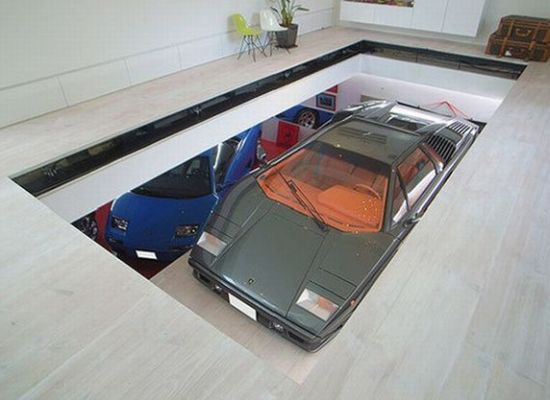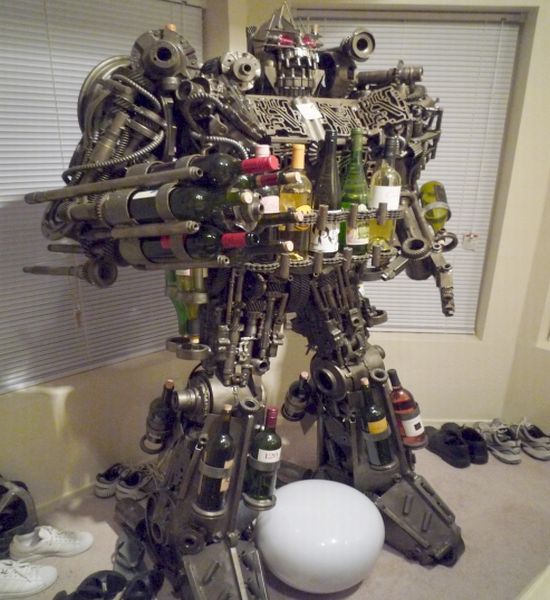Introduction: The Value of Salvaging a Car for DIY Mechanics
Have you got an old car gathering dust in your garage? Before you think about junking it, consider the potential treasure trove it holds. For DIY mechanics, salvaging a car isn’t just about getting rid of an eyesore—it’s an opportunity to turn your mechanical skills into cash. This blog will guide you through the best ways to make money from salvaging your car, offering practical tips and insights to maximize your profits.
How Presenting Your Salvaged Car Professionally Can Increase Its Value
Believe it or not, the way you present your salvaged car can significantly impact its value. Just like in real estate, first impressions matter. Taking high-quality photos and providing detailed descriptions of the parts you’re selling can attract more buyers. This concept of “professional imaging” applies not only to the car itself but also to the listing platforms you choose. A clear, professional presentation can make all the difference.
Step-by-Step Guide to the Salvage Process
Identifying Parts Worth Salvaging
The first step in the salvage process is identifying which parts of your car are worth saving. Start by making a list of all the components, from the engine and transmission to smaller parts like mirrors and seat belts. Focus on high-demand items such as:
- Engines and Transmissions
- Alternators and Starters
- Wheels and Tires
- Body Panels and Lights
Research online to see which parts are in demand and their approximate value. This will help you prioritize what to dismantle and sell.
Safe Dismantling and Removal Techniques
Safety should be your top priority when dismantling a car. Equip yourself with the right tools and protective gear, such as gloves and safety glasses. Follow these steps to safely dismantle your vehicle:
- Disconnect the Battery: Always start by disconnecting the battery to avoid electrical shocks.
- Drain Fluids: Properly drain all fluids like oil, coolant, and brake fluid.
- Remove Major Components First: Start with the larger parts like the engine and transmission, as these are often the most valuable.
- Label and Organize: Keep track of all the parts you remove by labeling them and storing them in an organized manner.
Storing Salvaged Parts
Proper storage of salvaged parts is crucial for maintaining their value. Use clean, dry storage spaces to prevent rust and deterioration. Organize the parts in labeled bins or shelves for easy access. This not only helps in keeping them in good condition but also makes it easier to list them for sale.
Selling Salvaged Parts: Best Practices and Platforms
Online Marketplaces
Online marketplaces like eBay and Craigslist are excellent platforms for selling salvaged car parts. They provide a wide reach and allow you to connect with potential buyers from across the country. Here are some tips to get started:
- Create Detailed Listings: Include high-quality photos, part numbers, and a detailed description.
- Set Competitive Prices: Research similar listings to price your parts competitively.
- Respond Promptly: Timely responses to buyer inquiries can lead to quicker sales.
Local Auto Shops
Local auto shops can also be a great place to sell your salvaged parts. Establish relationships with shop owners and mechanics who might be interested in buying parts directly from you. This can save you shipping costs and time.
Auctions
Auto parts auctions can be another avenue for selling your salvaged parts. Websites like Copart and IAAI host online auctions where you can list your parts. Auctions can sometimes yield higher prices, especially for rare or high-demand items.
Legal and Environmental Considerations
Understanding Salvage Titles
Before you start selling parts, it’s essential to understand the legal aspects of salvaging a car. A salvage title indicates that the car has been deemed a total loss by an insurance company. Depending on your state’s laws, you may need to obtain a salvage certificate before you can sell parts legally.
Proper Disposal of Non-usable Parts
It’s also important to dispose of non-usable parts responsibly. Many components, such as batteries and tires, require special handling due to their environmental impact. Check your local regulations for proper disposal methods and recycling options.
Conclusion
In conclusion, salvaging a car offers a lucrative opportunity for DIY mechanics. By following best practices in dismantling, storing, and selling parts, you can maximize your profits.
If you’re ready to start making money from your old car, why not give it a try? With the tips and strategies outlined in this blog, you’re well on your way to turning that old ride into gold. Happy salvaging!
Article Submitted By Community Writer




